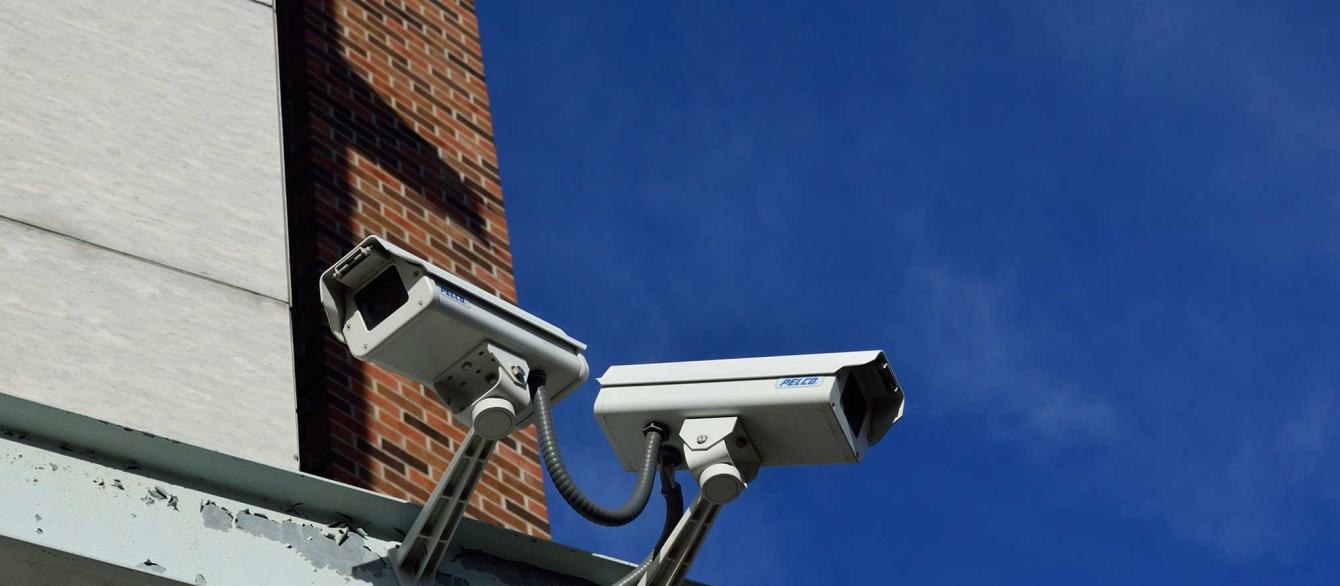We’ve all read 1984. We’re all aware of how governments can use technology and surveillance to shift state-societal relations. Thanks to Edward Snowden, we’re also aware that the mass monitoring of citizens is no longer just science fiction. It’s a reality in our own country today.
But we may have mistakenly assumed that high tech surveillance was, as they say, a “first world problem.” That’s not true. Although developing authoritarian regimes around the world typically are still unable to produce sophisticated surveillance technology themselves, the fact is that they no longer have to. They can just buy that technology wholesale from the Chinese government, now the leading innovator and exporter of surveillance technology.
Chinese information communication technology (ICT) companies produce, build, and export advanced facial recognition software, cameras, and data management centers under the euphemism of “safe city projects”—a slightly Orwellian term in and of itself. These packages allow a government to monitor and identify thousands of citizens instantaneously at little cost. Chinese ICT companies provide the hardware, software, and often the people to run the system. And, unsurprisingly, across the world there is real demand for this product!
My thesis examines how four Central Asian states and Ecuador have developed their surveillance capacity by relying on Chinese ICT companies. I examine the technologies in use, the companies involved, and how governance in the region is changing to accommodate these systems by analyzing local media reporting on these projects throughout Central Asia.
Not to get too far into the details of my work, but Kazakhstan, Kyrgyzstan, Uzbekistan, and Tajikistan now, today, have fully functional safe city projects using facial recognition technology. In Kazakhstan, for example, one bus company in Nur-Sultan uses facial recognition cameras tied to the government biometric registry instead of tickets. So in Kazakhstan, a young woman can simply hop on bus, a camera scans her face to identify her, and she is automatically charged money for the ride. So the existence of facial recognition technology and advanced surveillance in Central Asia isn’t a future trend; it is a reality.
What are the implications of rolling out Chinese safe city projects in Central Asia? None of them are good. And all of these implications can be extended outside of the region—they can be extended to many developing countries across the world.
The first major implication is the expansion of illiberal norms regarding digitization to Central Asia. Enamored with China's "effective" model of governing and controlling society while relying on Chinese ICT companies, Central Asian states are more likely to emulate China's approach to digitization and data regulation. The more Central Asian states rely on Chinese ICT companies to build their foundational digital platform, the more likely they are to continue depending on Chinese ICT companies for future developments such as 5G. This may lead to a positive feedback loop in which Central Asia adopts more and more illiberal data practices.
Second, there is an issue of data sovereignty. Chinese ICT companies are either directly state-owned enterprises or private companies closely linked to the Chinese Communist Party. In recent years, many notable Chinese ICT companies including Huawei and Dahua, for example, have been involved in scandals where the security of their systems has been called into question. In relying on foreign ICT companies to build surveillance apparatuses, Central Asian states may risk losing complete autonomy over the data gathered within their borders.
The third implication, and far more worrisome in my opinion, is that authoritarian regimes will probably be strengthened by these surveillance systems. The traditional limitations of authoritarian regimes in the developing world were that they lacked enough state capacity to entirely cement their positions. Through the import of surveillance technology, however, they can surpass these limitations. We will likely find, therefore, that authoritarian regimes are increasingly more stable in our lifetime because of their use of this technology. I hope I’m wrong, but I suspect I’m not.
Overall my research indicates another major point: Mass surveillance is a fundamental aspect of life in the 21st century. Regardless of whether you live in an entirely democratic developed country, a semi-democratic country trying to catch up, or under an entirely autocratic regime, your government will likely be using the exact same technology as every other country to monitor your activity in a way that increasingly trivializes even Orwell’s imagination.






